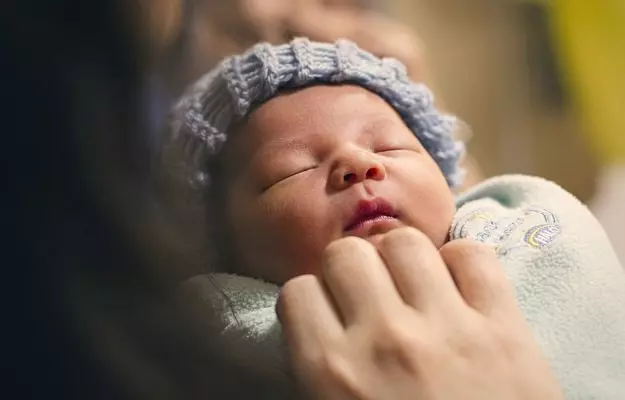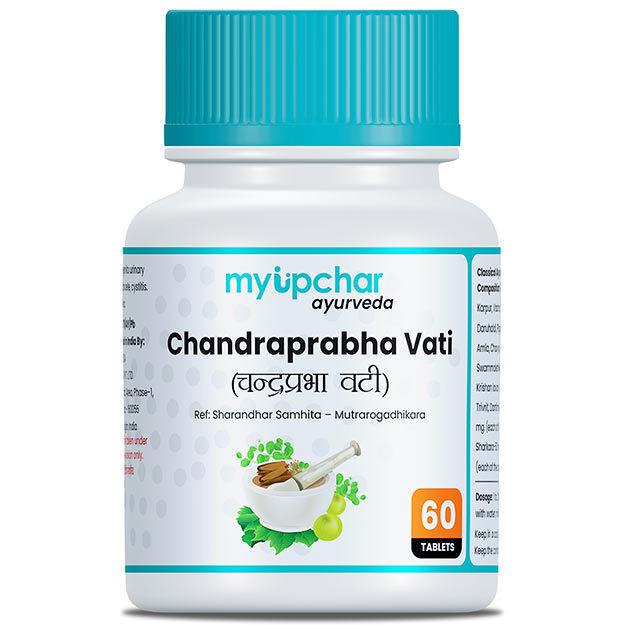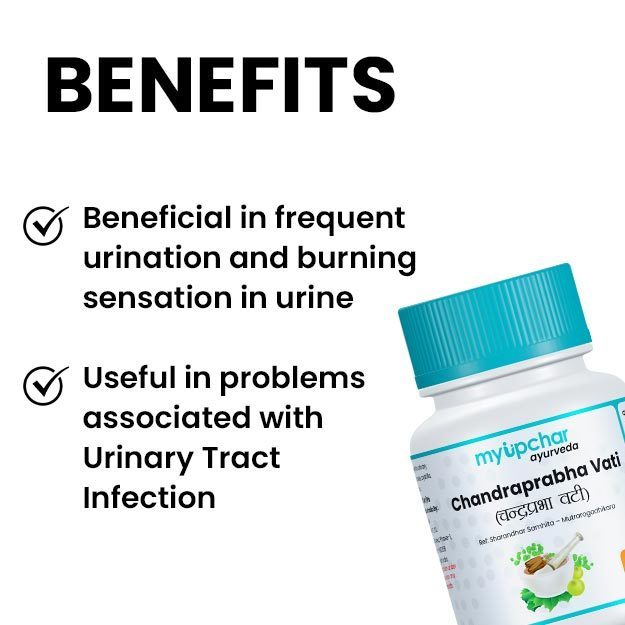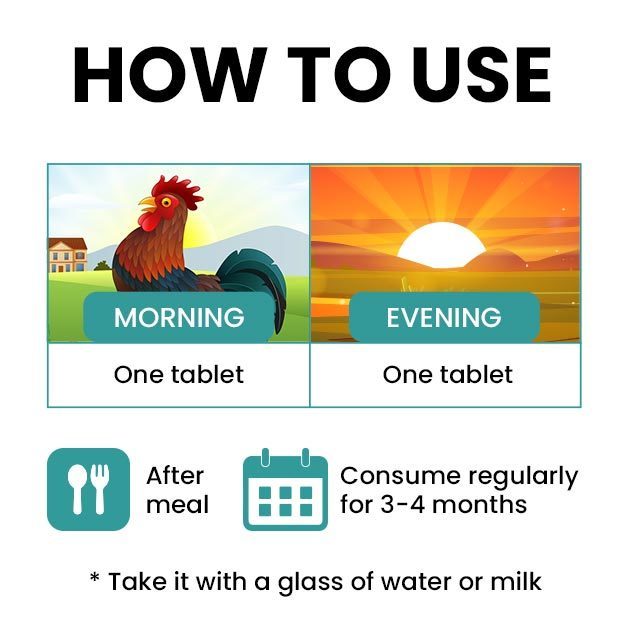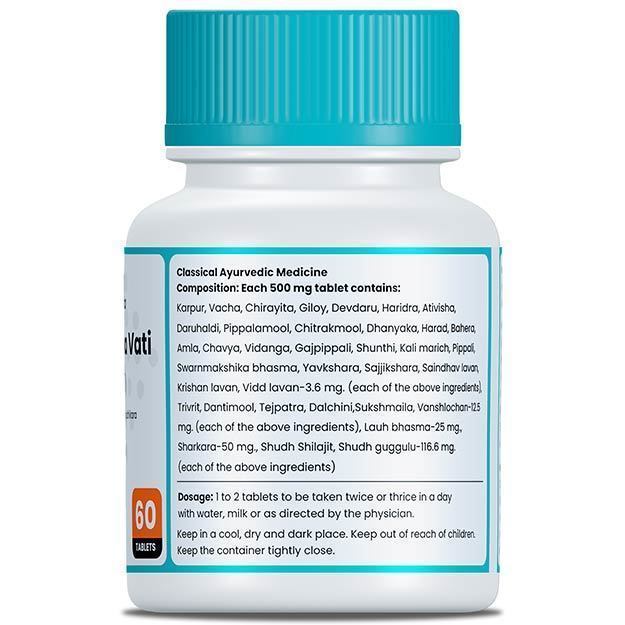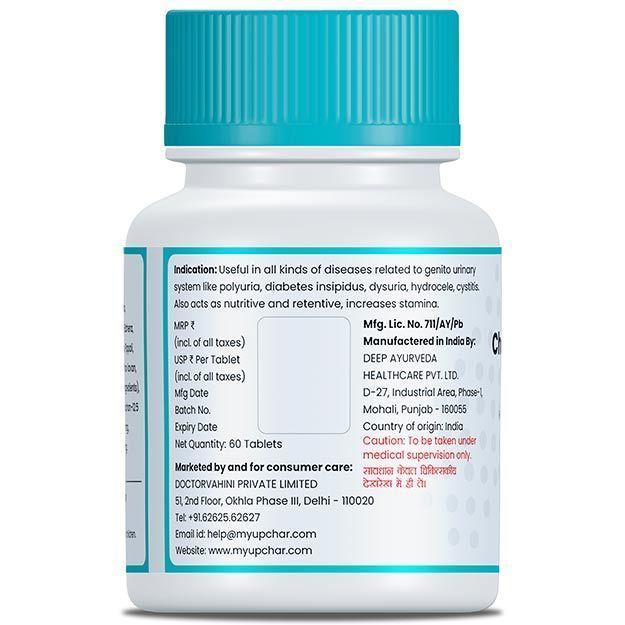The problems that occur after childbirth and their treatment are as follows:
1. Postpartum Hemorrhage
It is normal to have some bleeding immediately after delivery, but excessive bleeding occurs in only 2% of deliveries. This condition often occurs after a long delivery, after multiple births or when the uterus becomes infected.
It is caused by the uterus not contracting properly after delivery or by an injury to the uterus, cervix or vagina.If bleeding begins a week or two after delivery, it may be due to a piece of placenta remaining in the womb. This tissue is removed by surgery. After returning home, if you have heavy bleeding, inform your doctor immediately. However, it is possible that you have a lump that cannot be treated at home, in such a case, contact your doctor.
(Read more - Healing After Birth)
2. Uterine Infections
The placenta usually separates from the uterus during labor and is expelled through the vagina within 20 minutes of giving birth. If pieces of the placenta remain in the uterus, it can cause infection.
An infection of the amniotic sac during labor can cause uterine infection after delivery. High fever, rapid heartbeat, abnormally high white blood cell counts, swelling and discomfort in the uterus and foul-smelling discharge are usually signs of uterine infection when you have the flu. Uterine infections are usually treated with a course of antibiotics.
3. Kidney Infections
Kidney infections occur when bacteria spread to the bladder, with symptoms such as frequent urination, strong urge to urinate, high fever, feeling generally unwell, pain in the lower back or side, constipation and pain while urinating. To treat it, doctors prescribe a course of antibiotics. Patients are also asked to drink plenty of water and give a urine sample to screen for any bacteria.
(Read more - Depression in pregnancy)
4. Perineal (space between vagina and anus) pain
Perineal pain is quite common in women who have a normal delivery. These tissues can be stretched or injured during delivery, causing swelling, bruising and pain. These discomforts can also be aggravated by an episiotomy. An episiotomy is an incision sometimes made in the perineum during delivery to keep the vagina in place.
Over-the-counter painkillers can help. When you feel this pain, do Kegel exercises. These strengthen your vaginal muscles. If there is excessive or persistent pain in the vaginal area, stop exercising and consult a doctor.
5. Vaginal discharge
For the first few weeks after delivery, it is normal to have a bloody and copious discharge. This discharge contains blood and remnants of the placenta and is also called lochia.
6. Swollen breasts
Sometimes the baby is unable to drink enough milk from the mother's breasts, in which case the milk does not dry up but becomes excessive, which also causes many problems. When the milk comes into your breasts (two to four days after delivery), your breasts become very large, hard and painful. You can treat this by wearing a properly fitted bra and applying ice to your breasts.
(Read more - Baby development in the first month after birth)
7. Mastitis
When you have mastitis or breast infection, you usually experience discomfort and redness in the breasts. Breast infections can also be caused by bacteria and can lead to stress, fatigue or cracked nipples, which can result in fever, chills, fatigue, headache or nausea and vomiting. Visit your doctor if you experience any of these symptoms. He will treat these conditions with antibiotics.
(Read more - Labor and Delivery Complications)
8. Clogged Ducts
Clogged milk ducts can cause redness, pain, swelling or lumps in the breast, but these are the same symptoms of mastitis. But it does not have flu-like symptoms, breast infection, cracks, etc.
To treat this, massage the breasts continuously until the breast is gone, applying hot and moist packs on the painful area several times can solve this problem. However, if you have a lump, contact the doctor as soon as possible.
(Read more -How to lose weight after pregnancy naturally)
9. Stretch marks
Stretch marks appear on the breasts, thighs, hips and stomach of many women during pregnancy. These red marks are caused by hormonal changes and stretching of the skin which remain till after delivery. However, they never disappear completely. They do fade with time. While many women use special types of creams, lotions and oils to remove them.
(Read more - Postnatal Diet: what to eat after delivery)
10 . Piles and Constipation
Piles and constipation are aggravated by the enlarged uterus and pressure on the veins in the lower abdomen, both of which are common in women during pregnancy and after delivery. Fiber-rich foods and fluids, along with over-the-counter ointments and sprays, usually relieve constipation and the swelling of piles.
An airy, doughnut-shaped pillow, available at any drug store, helps when sitting. Do not use laxatives, enemas (enemas) without consulting your doctor, especially if you have had an episiotomy or stitches in the perineal area.
(Read more - How to reduce pregnancy belly after delivery)
11. Urinary and Fecal Incontinence
Some women also develop urinary and fecal incontinence after childbirth. Unintentional leakage of urine, especially while laughing and coughing, is usually caused by the stretching of the bladder during pregnancy and delivery. Usually, your muscles need time to tone up and return to normal. You can speed up this process by doing Kegel exercises.
(Read more - Pros and cons of natural birth and C section)
In the meantime, use protective panties or sanitary napkins. If the problem persists, talk to your doctor. She may prescribe medication to overcome the problem. If you experience pain or burning, or feel a very strong urge to urinate, tell your doctor. This could be a sign of a bladder infection.
12. Hair loss
After delivery, when your baby turns 6 months old, your hair loses its shine and more hair starts falling. Several months after delivery (or when breastfeeding has reduced or ended), many women begin to fear hair loss because it is so profuse.
(Read more - How to Care for Stitches After Vaginal Delivery)
13. Depression after delivery
Due to changes in hormone levels, and the new responsibility of caring for a newborn, many women experience anxiety or anger. For most, this moodiness and mild depression last for several days or weeks. Or the condition usually becomes apparent three months after delivery.
To treat it, first get support from family and close friends. Share your feelings with them, and ask for their help in caring for your baby.
If you experience symptoms such as a loss of interest in your baby or suicidal or violent thoughts, unusual behavior, etc. as a result of depression, contact your doctor immediately. These symptoms may indicate a more serious condition called postpartum psychosis.
14. Discomfort during sex
You can have sex once you feel physically and emotionally comfortable after delivery. After a normal delivery, do not have sex until the vaginal tissues have healed completely. Doctors usually advise against having sex for four to six weeks after delivery. After a cesarean delivery, too, your doctor will advise you to wait for at least six weeks.
(Read more - How to breastfeed: positions, tips)
15. Regaining pre-pregnancy shape
The best way to lose weight, regain lost energy, relieve stress and gain muscle strength after pregnancy is exercise. You can exercise as long as you are not at risk of a cesarean delivery, complications in pregnancy, etc. If you exercise during and before pregnancy, you will definitely take care of your fitness after delivery and will definitely exercise, but do not immediately try intense exercises like jumping, etc.
Be aware of any unusual changes in the body after delivery. Contact your doctor immediately if you experience any of the following symptoms. These symptoms may be a sign of a serious complication.
- Heavier bleeding than normal menstruation.
- Continuously increasing pain in the vaginal or perineal area.
- Fever of 100.4 degrees Fahrenheit.
- Painful breasts that feel warm to the touch.
- Pain, swelling, or discomfort in the legs.
- Cough or chest pain.
- Pain or burning during urination or frequent and sudden urge to urinate.
- Nausea or vomiting.
- Depression, lack of interest in the baby, or suicidal and violent thoughts.
(Read more - Benefits of breastfeeding)

